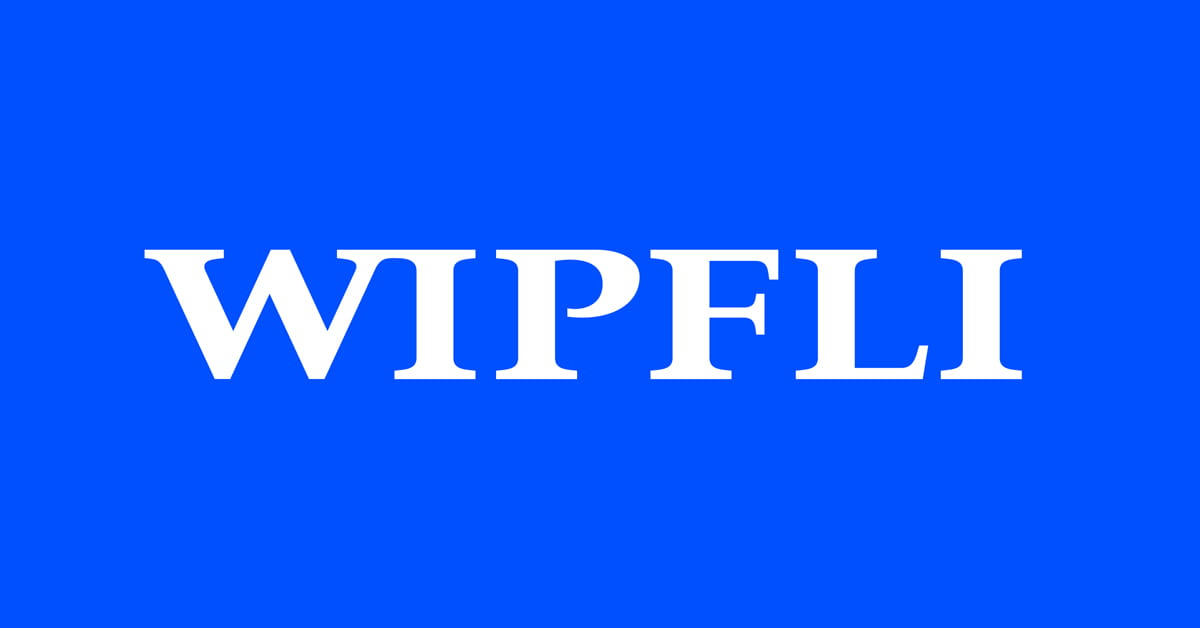Government priorities under Trump’s latest executive orders affecting federal, state and local municipalities

President Trump’s wave of executive actions in January 2025 has triggered a fundamental reshaping of federal priorities, sending ripples through government agencies at the state, county, city and village levels and through contractors and grant recipients nationwide.
The Office of Management and Budget’s (OMB) January 27 memorandum implementing a temporary pause on federal financial assistance programs is proof of perhaps the most immediate and far-reaching of these changes.
Though the media reported the Trump administration had rescinded the directive, the White House then clarified that the freeze still stands, as they only rescinded the memo, not the order. The pause affects new awards, disbursements under existing awards and various agency actions across multiple programs.
The uncertainty with which government policy is operating so far in 2025 may leave many to wonder about the future of their programs and initiatives. Let’s look at potential impact.
Policy shifts and operational impact
The scope of these policy changes means that federal departments should review their entire portfolio of programs while maintaining critical services. This includes evaluating current grants, contracts and cooperative agreements against new policy directives, often with limited guidance on interpretation and implementation.
Organizations receiving federal funds must navigate complex transition periods while ensuring compliance with evolving requirements. This may involve developing new internal controls, modifying existing programs and creating contingency plans for various funding scenarios. Here are three key issues:
1. Cybersecurity
While strengthening federal cybersecurity requirements, the administration has simultaneously initiated reviews of related grant programs. This dual approach will be immediately challenging for state and local governments that have relied on federal funding for digital infrastructure upgrades. Many organizations now find themselves needing to maintain robust security measures while facing uncertainty about future funding streams.
2. Environment and energy
Recent executive actions have initiated comprehensive reviews of climate change programs and environmental grants, affecting everything from renewable energy projects to conservation efforts.
The “Unleashing American Energy” executive order specifically targets funding under major legislation like the Inflation Reduction Act and Infrastructure Investment and Jobs Act. Immediate impacts on electric vehicle infrastructure investments and clean energy investments include pauses in funding for the National Electric Vehicle Infrastructure Formula Program and the Charging and Fueling Infrastructure Discretionary Grant Program; though notably, the order’s pause applies specifically to appropriations rather than tax credits.
This means while direct federal funding for EV infrastructure is temporarily halted, businesses can still potentially benefit from existing tax incentive structures.
These changes coincide with new streamlined permitting processes for energy infrastructure projects. The administration’s declaration of a national energy emergency particularly affects traditional energy resource development and notably excludes wind, solar and hydrogen from its definition of “energy resources.”
3. Housing and human services
Recent directives, such as the OMB memorandum, create uncertainty for organizations reliant on federal grants and loans for affordable housing and homelessness programs. These pauses can disrupt cash flows and delay projects, forcing organizations to reassess funding strategies.
Changes in executive orders and policy directives can shift funding away from certain programs, requiring organizations to adapt quickly to align with new federal priorities. For example, increased emphasis on energy efficiency may lead to funding opportunities tied to green building practices in affordable housing.
Adapting to the new landscape
State and local governments can develop innovative approaches to maintain essential services while adapting to new federal priorities:
- Explore alternative funding mechanisms: Localities might turn to municipal bonds, public-private partnerships or local tax initiatives to fill funding gaps. For example, a county might issue general obligation bonds to continue funding critical infrastructure projects during a federal funding pause, or a city might implement special assessment districts to fund specific community improvements.
- Strengthen partnerships with private sector entities: This could involve arrangements like design-build contracts for public facilities or managed service agreements for technology systems. A state agency might partner with local businesses to provide job training programs, or a city could work with private developers to create affordable housing through tax increment financing districts.
- Streamline operations to maximize efficiency: This could mean implementing shared service agreements between neighboring jurisdictions, consolidating administrative functions or modernizing legacy systems. For instance, multiple counties might share emergency response resources, or a state agency might digitize paper-based processes to reduce administrative overhead.
The administration’s emphasis on streamlining and efficiency may ultimately reduce administrative burdens, but the transition period will require careful attention to evolving requirements.
Organizations may find that success in this new environment means they need a comprehensive approach to compliance and program management. This includes developing strong contingency plans, strengthening internal controls and maintaining meticulous documentation of program changes.
Organizations should also turn to digital solutions to enhance efficiency, improve compliance tracking and maintain program effectiveness despite funding uncertainties.
Creative solutions for maintaining critical services
While the strain of policy change might feel tough, remaining focused on outcomes and how to creatively get there can help fuel essential services. Here’s how:
1. Innovative approaches
- Public-private partnerships (PPPs): Organizations can form partnerships with private developers and financial institutions to secure funding and expertise. PPPs can help overcome gaps in federal funding by calling on private capital for housing projects.
- State and local government collaboration: State and local governments often step in to fill gaps left by federal pauses or shifting priorities. These collaborations include matching grant programs, tax incentives for developers and streamlined regulatory processes.
- Technology integration: Organizations can adopt technology solutions to improve service delivery, such as using data analytics to track homelessness trends, optimize resource allocation and manage compliance with evolving regulations.
- Flexible financing models: Housing agencies and nonprofits can explore alternative financing models like social impact bonds and community land trusts to secure long-term funding.
2. Maintaining essential services
- Emergency assistance programs: Organizations can pivot to providing emergency housing assistance during transitions, ensuring that vulnerable populations don’t lose access to shelter and essential services.
- Case management and wraparound services: Beyond housing, initiatives can focus on providing holistic support, including mental health services, employment assistance and education, to promote long-term stability.
- Advocacy and stakeholder engagement: Advocacy groups can lobby for consistent funding and legislative support to protect and expand affordable housing and homelessness prevention programs during periods of policy change.
How Wipfli can help
Our firm has established a dedicated response team to support organizations through this transition period. We will provide regular updates through client briefings, industry-specific alerts, technical guidance and regulatory updates, which we will capture on our dedicated regulatory, policy and tax changes for 2025 page.




